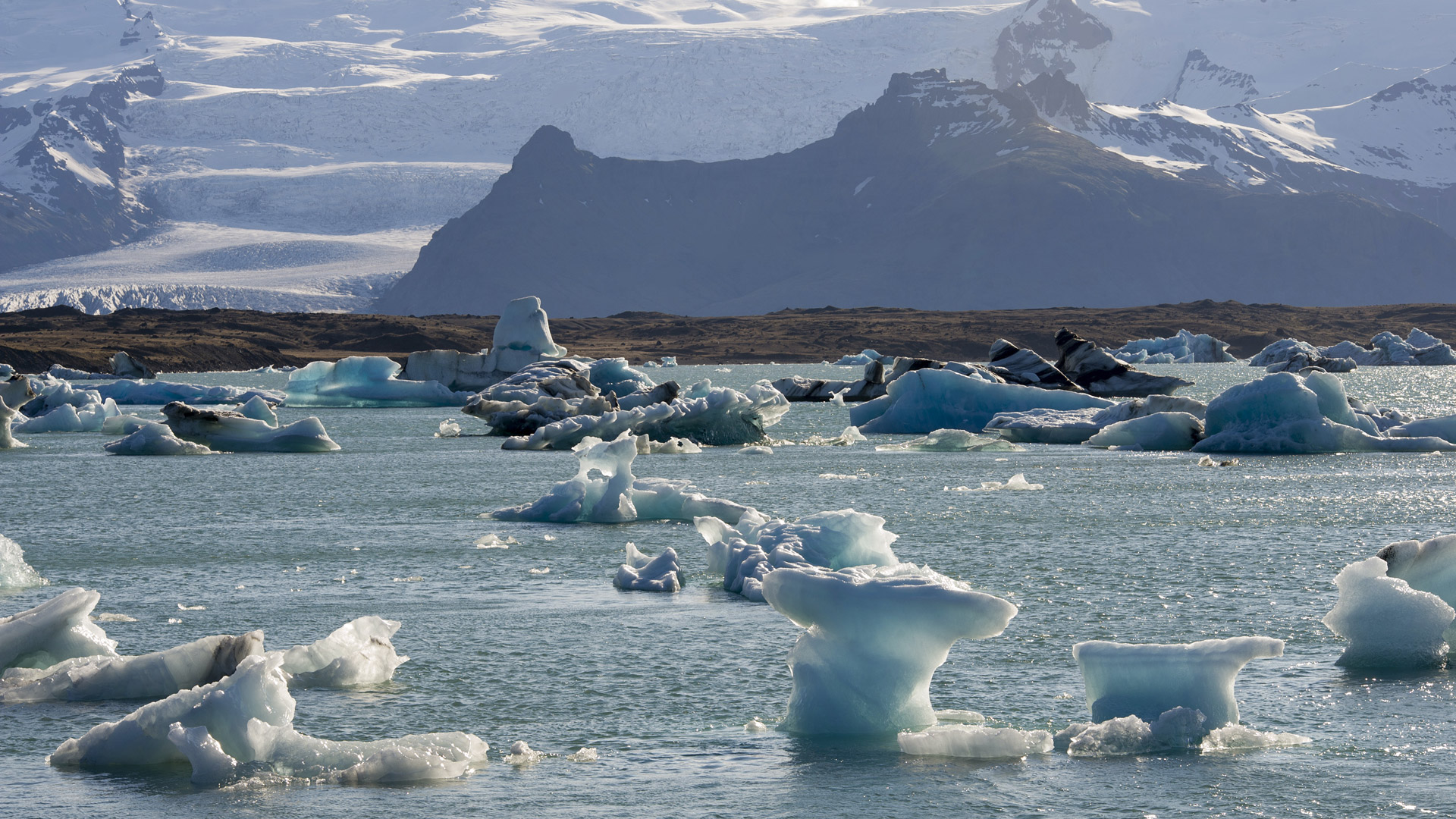Glacier in Iceland
Copyright© UN Photo/Eskinder Debebe
Background The impacts of climate change
Heat waves, floods, wildfires
The frequency and severity of extreme weather events are already increasing due to climate change. Such events include heat waves, droughts, hurricanes, floods and wildfires. Between 1970 and 2019, more than two million people died as a result of weather- and climate-related disasters, most of them in the Global South. The number of weather-related disasters has increased fivefold over the past 50 years.
In addition, global warming is causing slow-onset environmental changes: melting glaciers, rising sea levels, ocean acidification, higher soil salinity, lower groundwater levels, desertification and loss of biodiversity. This is presenting people worldwide with huge challenges.
Livelihoods and development opportunities at risk
It is especially the least developed countries (LDCs) and the small island developing states (SIDS) that are facing major challenges because of the impacts of climate change. This is due partly to their geographic location and vulnerable infrastructure, but also to their often limited capacity to adapt to changing conditions.
Climate change is posing a threat to livelihoods and development opportunities in different ways:
- Rising temperatures, lack of rainfall and extreme weather events are causing crop losses. Without adaptation measures, global agricultural yields could decline by 5 to 30 per cent by 2050.
- With global warming of 2 degrees, climate change is likely to put 40 per cent more people at risk of absolute water scarcity. In 2022, as many as approximately 106.9 million people were affected by drought.
- Rising sea levels are threatening communities in coastal regions throughout the world. Small island states such as Vanuatu, Kiribati and the Marshall Islands are especially at risk. Coastal megacities, including Bangkok, Manila and Jakarta, have also been identified as vulnerability hotspots.
- Storms and floods are destroying key infrastructure such as roads and health and education facilities. Many of these phenomena are being exacerbated by climate change. In 2022, extreme weather events caused economic losses amounting to about 264 billion US dollars.
- Extreme heat, food and water shortages but also the spread of pathogens are increasing disease and mortality rates. It is expected that these impacts of climate change alone will cause about 250,000 additional deaths per year between 2030 and 2050. Climate change could amplify existing conflict risks, such as competition over resources like land and water.
More poverty, more migration and internal displacement, more hunger
According to World Bank estimates, global warming could push up to 132 million more people into extreme poverty by 2030 unless there is urgent and comprehensive investment in climate change mitigation and adaptation measures. By 2050, 216 million people could become internally displaced by the impact of climate change. Within 50 years, 3.5 billion people could be affected by extreme heat. In 2022, about 735 million people worldwide were affected by hunger. Climate change could exacerbate the hunger crisis.
Partnerships and international cooperation can help to tackle the challenge through climate policy. As the main contributors to climate change, the industrialised countries have a responsibility to lead by example and work towards increasing climate justice. They have pledged to support the efforts of the so-called developing countries to make their economies climate neutral and adapt to those impacts of global warming that can no longer be prevented. In addition, the industrialised countries are increasingly supporting other countries' efforts to deal with residual risks, for instance by providing more assistance and solutions in the field of climate risk finance and insurance.
As at: 23/10/2024
